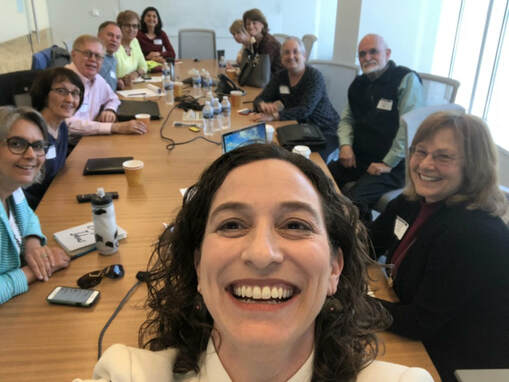Look Out! It's a Mindtrap! (Bonus: Meeting Facilitation Tips & Tricks to Help Get Out of a Trap)4/18/2019  Our brains are hard wired to do some things that may have worked “way back when,”—queue the nostalgic music—in simpler, more predictable times. But in a VUCA world, where information is on a superhighway, and change happens rapidly—our brains sometimes lead us astray. In her 2019 book Unlocking Leadership Mindtraps: How to Thrive in Complexity, Jennifer Garvey Berger calls this mental sabotage “mindtraps” and, it turns out, there are five traps we can learn to avoid…
Now That We Are Aware of The Mindtraps, What Can Be Done? So what do we do about it? There are times when you see a trap, but you are not sure how to get out of it—elegantly or otherwise. If you are a leader who facilitates a lot of meetings, chances are good that you want to talk less and encourage more participation. Chances are also good that you’d like to encourage the group to participate fully, when often times people can seem distracted, even during important discussions. The book club gang quickly rattled off a list of resources, tips, and practices that help individuals and groups facilitate everyday and difficult discussions. I also added to the list. Here are a few you may wish to try…
How’s that for a start? If this is useful, let me know. And, if you have other quick tips, please pass them along and I will add your ideas to the list!
Let me wrap up by sending out a huge thanks to Devah Galloway (in the photo, she’s over my (Laura) left shoulder) for talking with the CBODN book club about mindtraps and leading a great discussion.
0 Comments
Your comment will be posted after it is approved.
Leave a Reply. |
AuthorLaura Mendelow |
|
|
©2020. All Rights Reserved. Mendelow Consulting Group, LLC.


